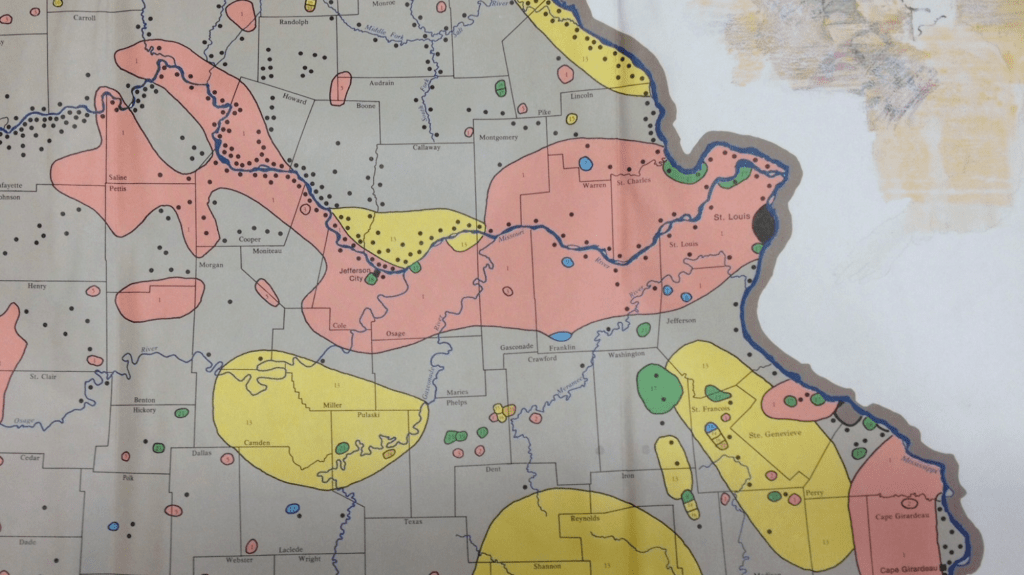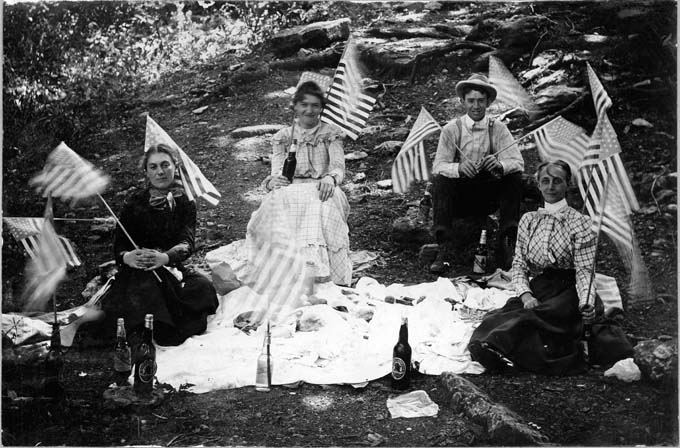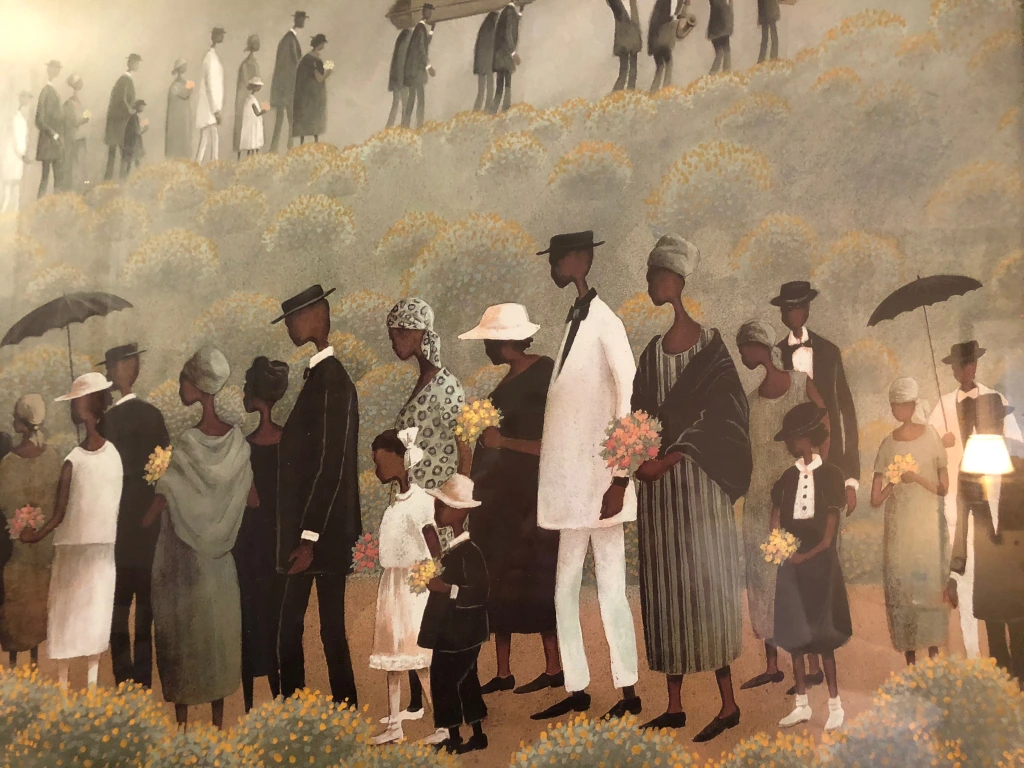In 1824, a German attorney named Gottfried Duden visited Missouri, living among the settlers of the young state for three years. In 1829 he returned to Germany and published a book of letters about that visit, and giving advice for those considering emigrating as either a businessman or a farmer. The small book titled A Report on a Journey to the Western States of North America was published in Germany in 1829 at the authors own cost. Many were encouraged to consider the book to be a fairy tale, perhaps at the government’s suggestion. The book shared a life where there was no King, oppressive taxes, military draft, famine or over population like Germany was suffering from. Instead, it shared a place where the people were free to elect their own President, to purchase whatever land they chose, to marry whomever they wished, and to have a say in their own religion and education of their families. An impossible place that some said was where “the sun of Freedom shines” and that even resembled home. This was America.
The following decade was a time period of emigration groups and societies, where often entire villages banded together to come in safety. In that decade over 120,000 Germans immigrated to the U.S., with at least one-third of those or 40,000 coming to Missouri. Perhaps this was in response to Duden’s book. At least one-fourth of those settled in St. Louis alone, which is why it is known to anchor the city in the “German triangle” of the U.S., along with Cincinnati and Milwaukee. The other 30,000 spread out along the beautiful Missouri River valley. And by 1837, the Germans that resided in Philadelphia realizing that they were no longer the stopping point for immigrants, created their own settlement society, which resulted in Hermann. The Saxony Lutherans that came with Martin Stephan, who had corresponded with Duden, spread out along the Mississippi River valley, creating settlements in Perry County. Settlements called Westphalia and Cole Camp sprang up. Many of these wrote letters home to their friends and their families that were read after church, and in the biergartens and wine gardens, in Germany, urging them to come quickly.
They spread out across the Missouri River

valleys and created what we call the German Heritage Corridor today. As a result of Duden’s book a majority came in”settlement societies” as he recommended. Those early arrivals would also write their own letters home to their friends and family. Read in the wine and beer gardens, after church on Sunday, and circulated among their closest friends they urged them to join them in this land of opportunity!
During the 1880s German immigration to the U.S. was peaking and Missouri’s German population was still growing. By 1900 St. Louis was one of the most foreign born cities in America, and over half of all of those were German. Many counties and cities large and small were over half German, with many of those already second and sometimes third generation Germans. Missouri became one of the most German states in America. Today we are proud to claim “my ancestors were German!” as they celebrate our heritage in the Oktoberfests, wine gardens, and celebrate German American Day. The Mannerchor, Liederkranz, cultural and heritage societies still exist. Everyone in the entire State knows “Missouri is so German!” From Cape Girardeau to Kansas City the entire celebrates its German heritage.
This massive immigration resulted in Missouri truly being a very “German” state in America, of which many of us are very proud. Germans are still the largest ethnic group in America, and Missouri is among the states most German. The culture, the traditions, and this heritage are still very much alive. It is found in the voices learning the language at the German School in St. Louis.
It is heard at the Maifests, the Oktoberfests and the German fests held in cities of all sizes. It is enjoyed at the wine gardens over looking the river valleys, and the beer gardens that young urban dwellers enjoy every weekend. Missouri Germans Consortium is proud of our state’s German heritage, and invites you to join us in one of the many ways we celebrate and enjoy these traditions. Whether it is pride in your family’s ancestry, or enjoyment of your community’s festival, this is our heritage and we can be proud of it. Willkommen!
Missouri Germans Consortium Director Dorris Keeven-Franke was asked to share her stories of The German Heritage of St. Charles County for the City of O’Fallon (MO) and the O’Fallon Historical Society on June 6, 2017. The evenings’ program was videotaped for the City of O’Fallon’s Channel and can be viewed here:
http://71.86.129.244/Cablecast/Public-site/index.html#/show/2754?channel=1
If you would like to hear more about Missouri German Consortium programs, follow our blog and keep up to date.






You must be logged in to post a comment.